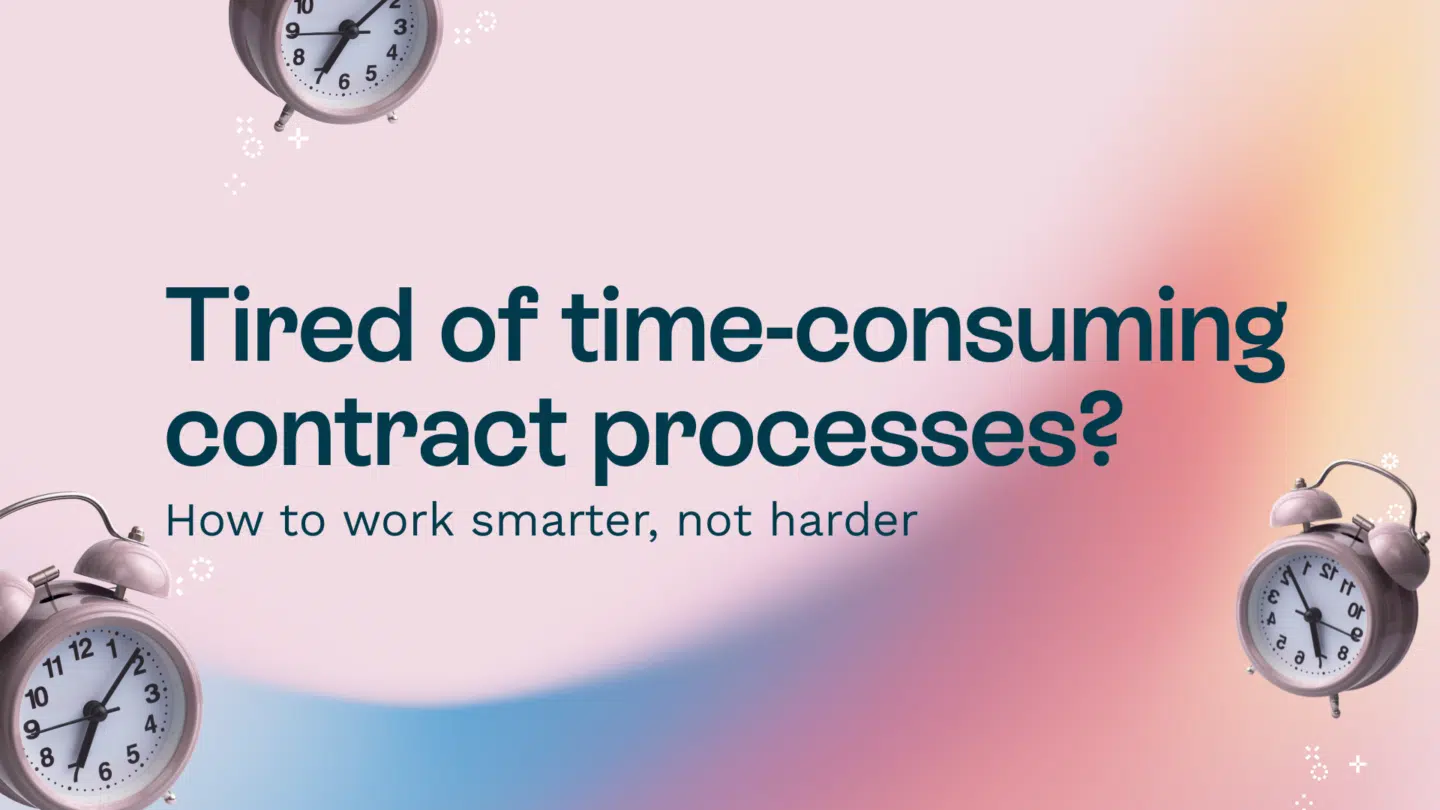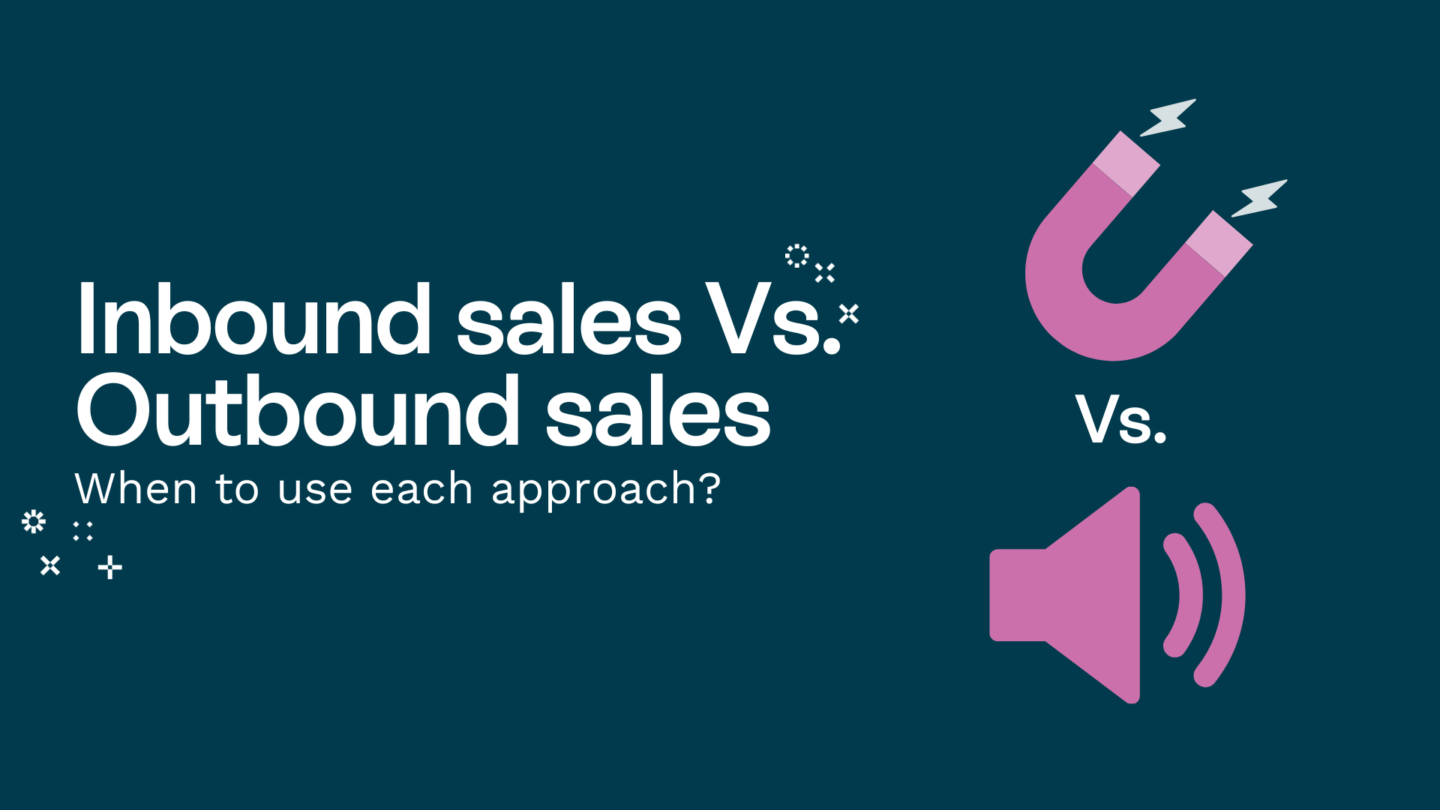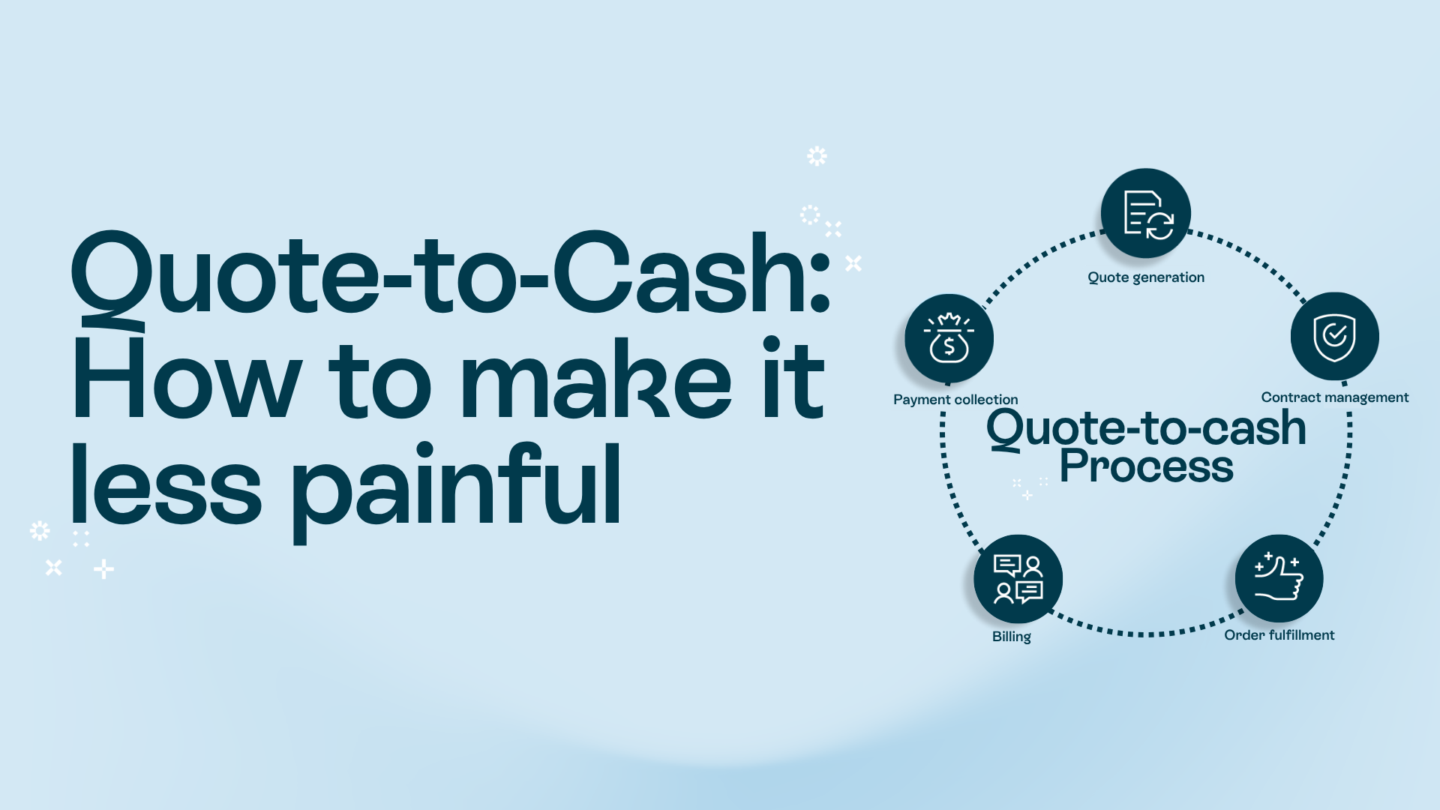Don’t want to get caught up in loan disputes and misunderstandings? Drafting a loan agreement may seem like a daunting task, but it’s a crucial step to legally protecting yourself and your borrower. In this article, we’ll guide you through the essential elements and tips for drafting a clear and concise loan agreement.

Why is a loan agreement important?
First things first, why bother with a loan agreement? The answer is simple – it protects both parties. A loan agreement gives the borrower legal protection and provides the lender with assurance that they’ll be repaid. It outlines the terms and conditions of the loan, ensuring clarity and preventing any misunderstandings or disputes. These agreements are important whether you’re taking a personal loan from a friend or applying for small business loans.
Legal protection for both parties
With a loan agreement in place, both the borrower and lender are protected in a court of law. The agreement serves as evidence of the loan amount, payment schedule, and any collateral agreed upon. Without this document, disputes could arise, and the legal process could become lengthy and costly for all parties involved.
For instance, let’s say that John borrows $10,000 from Jane. They agree on a repayment schedule, but after a few months, John stops making payments. If they didn’t have a loan agreement in place, Jane would have to go through the legal process of proving that John owes her money. With a loan agreement, she has clear evidence of the loan amount and payment schedule, making the process much smoother and less expensive.
Read also: What is contract management: A complete guide

Clarity on loan terms and conditions
A loan agreement clearly outlines the terms and conditions of the loan, including the interest rate, repayment schedule, and consequences for default or late payments. It prevents any misunderstanding or confusion that could lead to disagreements or legal action.
For example, let’s say that Mary borrows €5,000 from Tom. They agree on a repayment schedule, but Mary doesn’t understand that there will be a penalty for late payments. When she misses a payment, Tom charges her an additional fee. Mary is upset because she didn’t realize there would be a penalty, and Tom is frustrated because he thought it was clearly stated in the loan agreement. If they had reviewed the loan agreement before signing, they could have avoided this confusion and potential conflict.
Prevention of misunderstandings and disputes
By outlining all the necessary terms and conditions, a loan agreement ensures that both parties are on the same page. It helps to prevent any potential misunderstandings that could lead to disputes. It also serves as a reference point for both the borrower and lender throughout the duration of the loan.
For instance, let’s say that Sarah borrows $15,000 from Mark. They both sign a loan agreement that outlines the repayment schedule and interest rate. Six months into the loan, Sarah forgets when her next payment is due. She checks the loan agreement and sees that it’s clearly stated. This prevents her from missing a payment and having to void a check from “over- or underpaying”, and potentially defaulting on the loan. Similarly, if Mark has any questions about the loan terms, he can refer to the agreement for clarification.
In conclusion, a loan agreement is an essential document that protects both the borrower and lender. It provides legal protection, ensures clarity on loan terms and conditions, and prevents any misunderstandings or disputes. If you’re considering borrowing or lending money, make sure to create a loan agreement to protect yourself and the other party involved.
Read also: AI in B2B sales: Why it matters

What’s key to a loan agreement?
Let’s dive into the key components of a loan agreement. Here are the essential elements that must be included:
Identifying the parties involved
The first step is to identify the borrower and lender involved in the loan. Be sure to include their full names, addresses, and contact information.
Loan amount and currency
The loan agreement should state the exact amount of the loan and the currency in which it will be paid. It’s also helpful to note the purpose of the loan.
Interest rate and calculation method
Include the interest rate and specify the method for calculating it. Will it be a fixed rate or variable rate? Will interest accrue daily, weekly, monthly, or annually?
Repayment schedule and terms
Outline the schedule for repayments, including the due date and the frequency of payments. Be sure to specify the method of repayment, such as direct debit or check.
Default and late payment consequences
Include consequences for default or late payments, such as additional fees or interest. Specify a grace period and when late payments will be considered in default.
Collateral or security, if applicable
If there is any collateral or security involved, be sure to outline it in the agreement. This could include property, equipment, or other assets.
Governing law and jurisdiction
Finally, the loan agreement should specify the governing law and the jurisdiction that will oversee any disputes.
Read also: Sales in B2B in 2023: A complete guide

Putting together a loan agreement
Now that you understand the key elements of a loan agreement let’s jump into drafting it.
Using a template or hiring a professional
If you’re not confident in your legal writing abilities, consider using a template or hiring a professional to draft the agreement for you. There are many online resources available with loan agreement templates. A legal professional can help ensure that the agreement is comprehensive and legally binding.
Customizing the agreement to fit your needs
When customizing the agreement to fit your needs, be sure to take into account any unique aspects of your situation. This could include the amount of the loan, any specific payment terms or clauses, or any collateral involved.
Ensuring clear and concise language
When drafting the agreement, ensure that the language used is clear and concise. Avoid any legal jargon that may confuse the borrower. Use simple language and short sentences to make the agreement easy to understand.
Including all necessary clauses and provisions
Finally, include all the necessary clauses and provisions, as outlined in the essential elements section. Don’t leave anything out as it could lead to confusion and potential legal disputes in the future.
There you have it – your guide to writing a loan agreement that protects both parties, outlines the terms and conditions of the loan, and helps prevent any misunderstandings or disputes. Use the tips and key elements outlined in this article to draft a clear and legally binding agreement.
Do you want to get started with contracts like these, and many more types? Click here to try Oneflow today.







